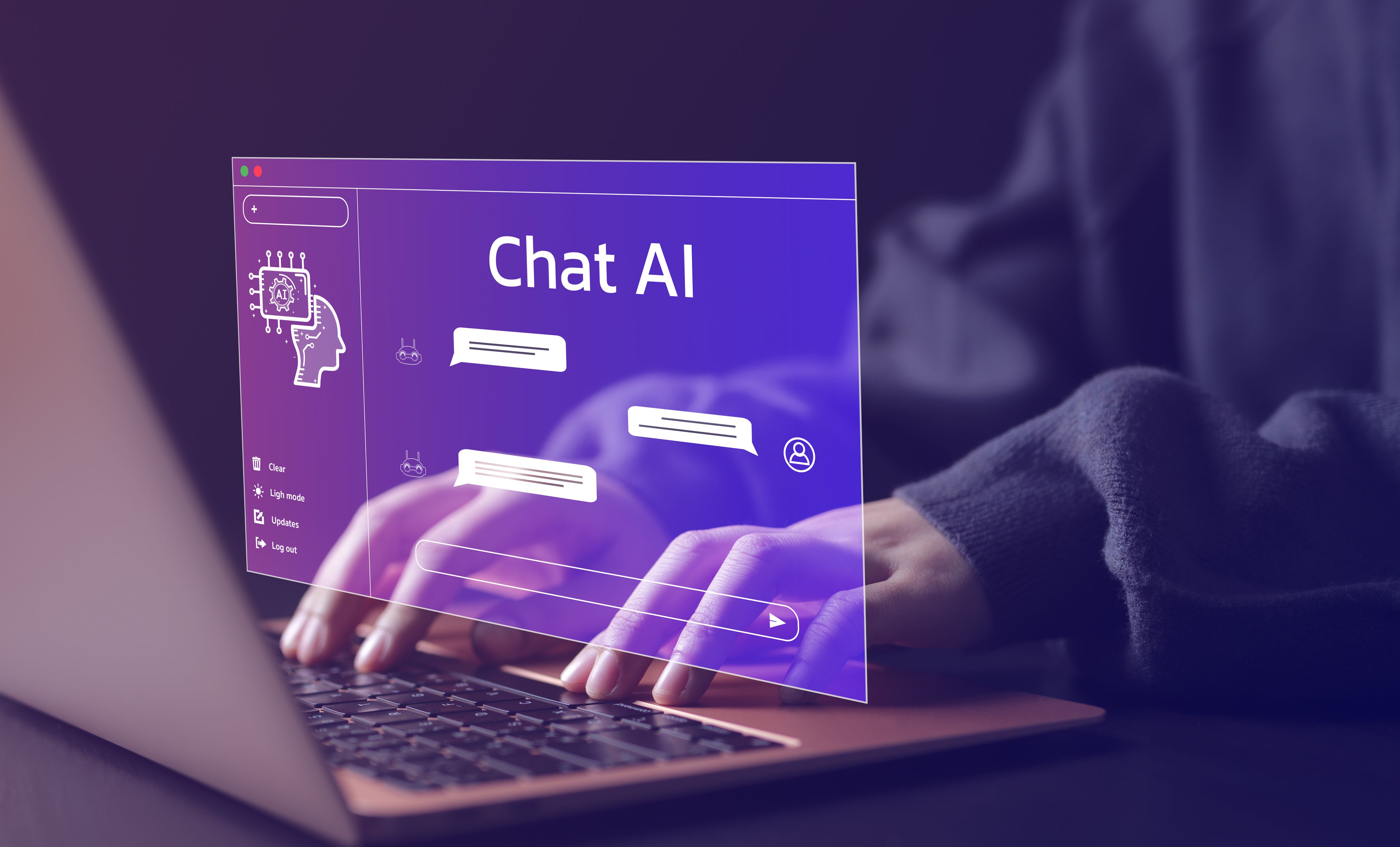Article
ChatRx: Responsible AI Use for Clinical Pharmacists
Pharmacists, in particular, must be cautious and deliberate in using ChatGPT to ensure that its benefits are fully realized while minimizing risk and misinformation.
The emergence of natural language processing (NLP) technology has created exciting new opportunities for health care providers to enhance patient care. One popular innovation is ChatGPT, which utilizes deep learning techniques to generate human-like responses to NLP in performing a wide range of language-related tasks, including language translation, text completion, and answering questions.
Credit: Supatman - stock.adobe.com

Although the potential benefits of ChatGPT are clear, it is essential to consider the potential impact and concerns surrounding its use in direct patient care. Pharmacists, in particular, must be cautious and deliberate in using ChatGPT to ensure that its benefits are fully realized while minimizing risk and misinformation.
One of the primary benefits of NLP driven by AI in patient care is its ability to improve communication between health care providers and patients. While pharmacists should create content and verify accuracy of information supplied to patients, NLP technology can be utilized to optimize health literacy and validity of this vital information through modification of tone and audience analysis. NLP technology can also be utilized to edit content for patient reader literacy, which is a significant barrier to accessible health care content.
NLP driven by AI can modify tone in written communication. Health literacy and engagement increases by using positive language, focusing on benefits, avoiding negative language, considering the reader's perspective, and using humor (if appropriate).
An example:
- "Please edit the health care document to increase health literacy for XXXX patients by adjusting the tone to be informative, educational, empathetic, and clear, using concise language, avoiding medical terms or acronyms that are not commonly understood, and limiting the language to a 5th-grade reading level. Aim to make the language accessible and easily understandable for the target audience while considering the document's purpose. The desired outcome is to reduce confusion, improve understanding, and increase patient engagement."
AI can be used to evaluate how well-developed materials will relate to the target audience by analyzing frequently asked questions (FAQs) submitted online and relevant demographic information. NLP techniques can identify common themes and concerns among the target audience and help to refine the language and tone used in the materials to address relevant concerns.
Additionally, NLP driven by AI can analyze data to identify specific cultural, language, and socioeconomic factors that may impact how the target audience receives educational materials. This approach may ensure that materials are not only accessible but also culturally appropriate and relevant to the target audience.
Valuable insights into how well-developed materials could then be learned, leading to targeted revisions and improvements to increase engagement and understanding among the intended audience. This can be readily discovered by leveraging AI and NLP's power.
Despite these benefits, there are concerns surrounding the use of NLP driven by AI in patient care. One main concern is the potential creation of a barrier between patients and health care providers due to this technology.
Patients may feel that they receive a superior or more timely level of care or attention when interacting with readily available technology instead of a live health care provider. Additionally, there is future risk that AI could inaccurately interpret patient questions or concerns, leading to miscommunication and medical errors.
Another concern surrounding the use of NLP driven by AI in patient care is the potential for privacy breaches. These systems have the potential to store sensitive patient information, such as medical history or prescription details, which could be vulnerable to cyberattacks and data breaches. Additionally, there is a risk of hacking, which would disseminate sensitive patient information to unauthorized or nefarious parties.
Pharmacists must be aware of these concerns when using NLP driven by AI, such as ChatGPT, in patient care. To mitigate these concerns, pharmacists can take several steps to ensure that NLP driven by AI is used safely and effectively.
For example, pharmacists can ensure that ChatGPT is only used for low-risk tasks focusing on formatting rather than content. A pharmacist must continuously filter the information provided before educating a patient.
Technology has continuously transformed the health care industry through electronic health records (EHRs), virtual consultations, automated appointment scheduling, wearable technology, and data-driven clinical decision-making. Like technologies, NLP driven by AI can empower patients and health care teams if used appropriately. Pharmacists should educate patients on the limitations and caution of misinterpreting information generated by any of these technologies, specifically NLP.
In conclusion, NLP driven by AI has the potential to revolutionize patient care by improving communication and supporting clinical decision-making. However, pharmacists must know the potential impact and concern surrounding its use within providing patient care and making decisions. By taking a cautious and deliberate approach to using NLP driven by AI, pharmacists can ensure its benefits are fully realized while minimizing risk.
About the Authors
Taylor MacKinnon PharmD, MS, Pharmacy Manager, Clinical and Operational Services, Michigan Medicine.
Kristen Schaeffler PharmD, MHA, Pharmacy Manager, Sterile and OR Services, Michigan Medicine.
Newsletter
Stay informed on drug updates, treatment guidelines, and pharmacy practice trends—subscribe to Pharmacy Times for weekly clinical insights.






